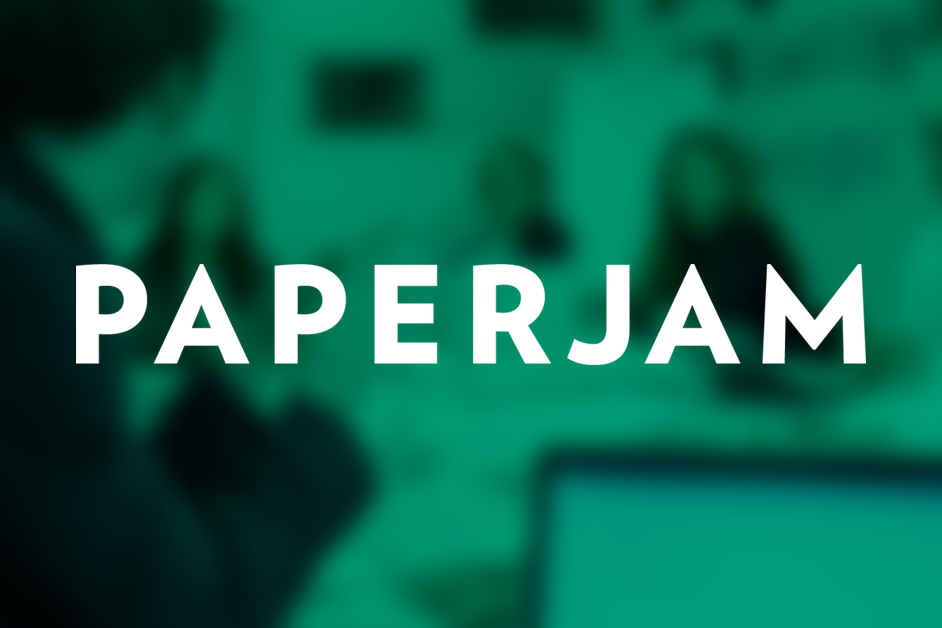Customer Relationship et Supply Chain Management font partie des buzzwords des entreprises.
Le client devient exigeant. Au fur et à mesure que le concurrence se développe, le coût de conquête d'un client a explosé pour devenir hors de prix? alors que le conserver est paradoxalement si simple, et si économique.
C'est pour ces raisons que les entreprises se sont retrouvées sensibilisées au CRM? Y incluses les petites et moyennes entreprises. Si l'on regarde les réponses des entreprises, en 2001, le taux d'utilisation d'une solution CRM ne diffère pas entre les grandes, les moyennes et les petites entreprises. Bon signe!
Le Supply Chain Management, lui, est un concept moins flou, mieux maîtrisé. De quoi parle-t-on exactement? Il s'agit d'impliquer l'entreprise dans un processus d'échange et d'optimisation des flux, que ce soit en interne ou en externe? On peut le rapprocher d'une approche systémique de l'entreprise et de son environnement: elle n'est plus pensée comme une entité isolée, mais intégrée dans le flux général.
Especially CRM but also SCM show an interesting evolution in comparison with last year. The numbers below compare this year's results with last year, but only per company size, since the definitions of the different activities is somewhat different.
First of all, the penetration of both seems to have grown in an important way. But penetration in the largest organizations has declined. This could be explained by the better knowledge of these terms within large organizations. If we look at the question in the questionnaire, CRM is explained as an application that allows customer management in a consistent and centralized way. A complete explanation of CRM is beyond the purpose of the ques-tionnaire. It is safe to assume that larger organizations today understand better the ramifications of CRM than they did a year ago. What was then seen as CRM was probably not (fully) inte- ? ? grated with other operations, while that is more the case today. It stays a difficult subject to analyze in a quantitative way.
(Voir Graphique 1).
L'utilisation des solutions de CRM progresse fortement, mais reste encore faible. Comme cela a été souligné dans l'étude, la baisse du résultat dans les grandes entreprises peut venir d'une meilleure compréhension de ce qu'est le CRM, dans sa dimension IT.
Si le terme Supply Chain Management est peut-être plus difficile à définir (et encore) que le CRM, les entreprises en ont beaucoup plus rapidement compris l'intérêt en terme de gestion. En effet, par une meilleure communication, elles peuvent facilement augmenter leur marge, emporter de nouveaux contrats, améliorer l'efficacité de leur fonctionnement. (Voir Graphique 2).
Entreprises commerciales et organisations du secteur non marchand sont les deux catégories les plus équipées en solutions de CRM et de SCM? Pourquoi? On peut soulever deux raisons potentielles: il s'agit à chaque fois d'intermédiaires, gérant des relations avec des «fournisseurs» et des «clients» divers et en grand nombre. De fait, il y a nécessité de savoir gérer efficacement ET son processus de production, de relation avec son environnement, ET ses realtions avec les clients. (Voir Graphique 3).
Definition du SCM
Supply chain management (SCM) is the oversight of materials, information, and finances as they move in a process from supplier to manufacturer to wholesaler to retailer to consumer. Supply chain management involves coordinating and integrating these flows both within and among companies. It is said that the ultimate goal of any effective supply chain management system is to reduce inventory (with the assumption that products are available when needed). As a solution for successful supply chain management, sophisticated software systems with Web interfaces are competing with Web-based application service providers (ASP) who promise to provide part or all of the SCM service for companies who rent their service.
Supply chain management flows can be divided into three main flows:
*The product flow
*The information flow
*The finances flow
The product flow includes the movement of goods from a supplier to a customer, as well as any customer returns or service needs. The information flow involves transmitting ordersand updating the status of delivery. The financial flow consists of credit terms, payment schedules, and consignment and title ownership arrangements.
